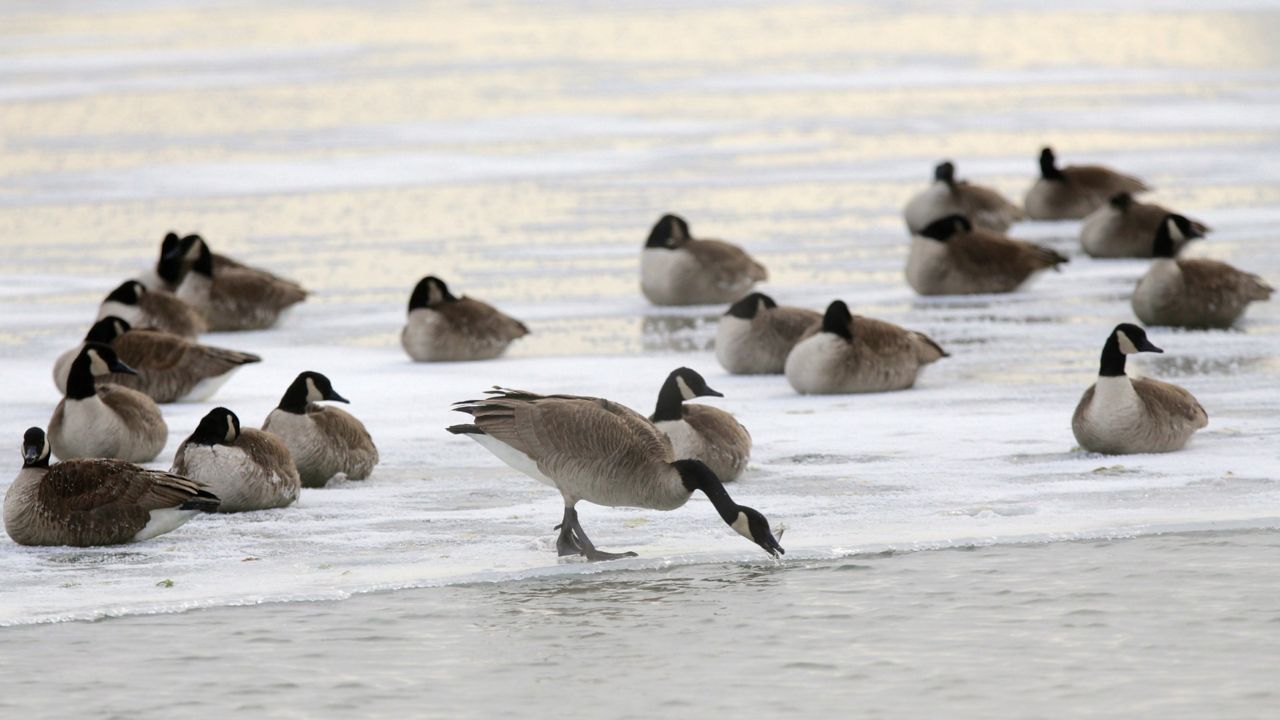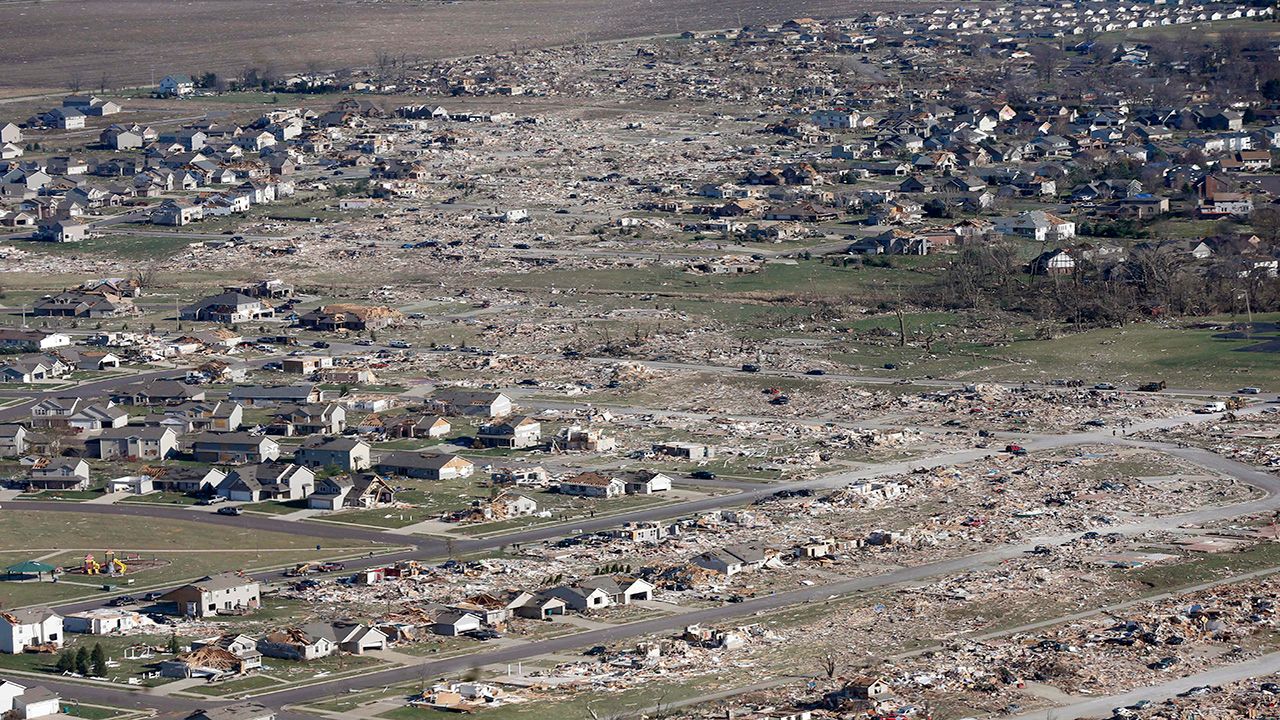If you love fall, you can probably come up with all sorts of reasons why it’s a great season. Maybe you even celebrate the autumnal equinox, which has myths all its own. With that in mind, let’s squash some myths about fall in general.
If you see a flock of Canada geese headed south, don’t rush to the closet to make sure everyone’s winter coats still fit. Many Canada geese are perfectly content to stay put year-round.
Yes, millions of Canada geese migrate. However, millions of others are so-called resident geese and prefer to stay within a relatively small area.

The ones you see flying high in the sky in “V” formation “are almost certain to be migrant birds,” according to the Cornell Lab of Ornithology, so those are the ones to watch for. Until then, don’t let the geese ruffle your feathers.
Typically, the busiest time of year for severe weather is spring through early summer. But in the fall, the jet stream speeds up and sinks south, delivering some extra “oomph” for storms where fall’s chill and leftover warm and relatively humid air abruptly meet.
In just the past decade, notable severe weather outbreaks in this secondary season happened in 2021, 2019 and 2013.
Dec. 2021 had 203 tornado reports, the second-biggest monthly total that year. 102 confirmed tornadoes on Dec. 10 almost doubled the next-highest daily tornado count of 2021, and the 513 severe weather reports five days later was the most active day all year.
Halloween 2019 had 404 severe weather reports, followed by 48 tornadoes on Dec. 16.
Nov. 17, 2013 had nearly 600 severe weather reports–the most active day all year–including 106 tornadoes. One of them was the EF-4 that devastated Washington, Ill.

When we turn your clocks back an hour on the first Sunday of November, we’ll get an extra hour of sleep, but we won’t get an extra hour of daylight.
Yes, the sun will rise an hour earlier... but it’ll also set an hour earlier. The daylight has shifted, not added onto.
The truth alternative to this isn’t “blow them into your neighbor’s lawn,” although we won’t blame you for doing that if they still haven’t returned your nice pruning shears they borrowed five months ago.
You’re better off mulching the leaves and leaving them in your yard. They’ll break down and the earthworms in your yard will thank you for it by returning it as nutrient-rich fertilizer. Yes, worm poop.
Autumn brings plenty of things to enjoy, so go ahead and peep the leaves and eat pumpkin-themed food (even if the stuff in the can isn’t quite what you might expect). And if you’d rather skip over winter... well, don’t rely on these alleged signs of spring.
Our team of meteorologists dives deep into the science of weather and breaks down timely weather data and information. To view more weather and climate stories, check out our weather blogs section.



